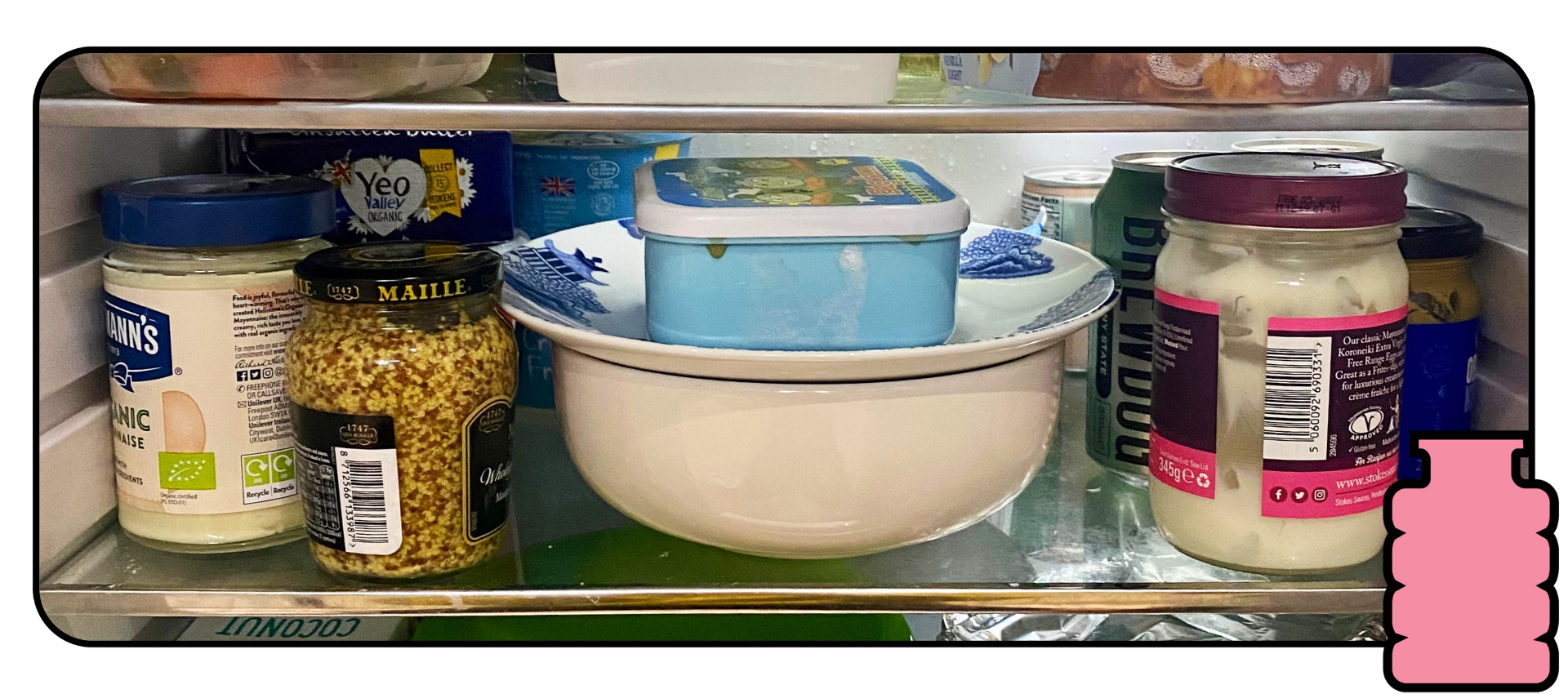5 ways to build a circular economy from home
By designing out waste, we can eliminate pollution. And by keeping products and materials in use, we can regenerate our natural resources. This is the fundamental principle of the circular economy, a system that many countries across the world are now working towards.
To achieve a truly circular economy, we need significant government-level investment to improve and support innovation and infrastructure. Recycling (or remanufacturing) will have a role to play in the transition as our systems become circular.
At Everyday Plastic, we’ve made no secret that recycling, in its existing guise, certainly has flaws. I’ve spoken to many avid recyclers over the last few years, and just as many who are completely frustrated by our system. Therefore, I believe it's important to encourage better recycling knowledge within our current means, and to understand how you can make your contribution to a circular economy, through your own choices:
Plan your purchases:
Plotting your shopping list ahead of the supermarket trip can help you to avoid buying products with problematic packaging… basically, anything wrapped in the soft plastic that doesn’t get recycled.
Know what goes in your bin:
You can choose to make appropriate change just by having an understanding of what goes into your bin. Find out how much of what you’re buying in an average week ends up getting recycled, exported, incinerated or landfilled. May we suggest signing up to take part in The Everyday Plastic Survey?
Reduce what you use:
The best way to make recycling more effective is to reduce the amount of single-use plastic that is produced, used and thrown away. This subsequently reduces the impact on recycling services, enabling facilities to manage waste a bit better.
Reuse and repurpose:
Whether it’s a takeaway box you use for packed lunches, a jam jar to store homemade sauces in, or a bottle that’s been turned into a bird feeder, one of the core ideas of the circular economy is to keep products and materials in use. Reusing and repurposing containers can help to avoid the need to buy new products, creating less waste in the process.
Quality not quantity:
It’s not about filling your recycling box with as much plastic as possible. It may sound obvious, but it only takes a few non-recyclable items to contaminate a bale of plastic destined for a new life. If in doubt, only put your bottles in – they are collected by 100% of councils across the country.

